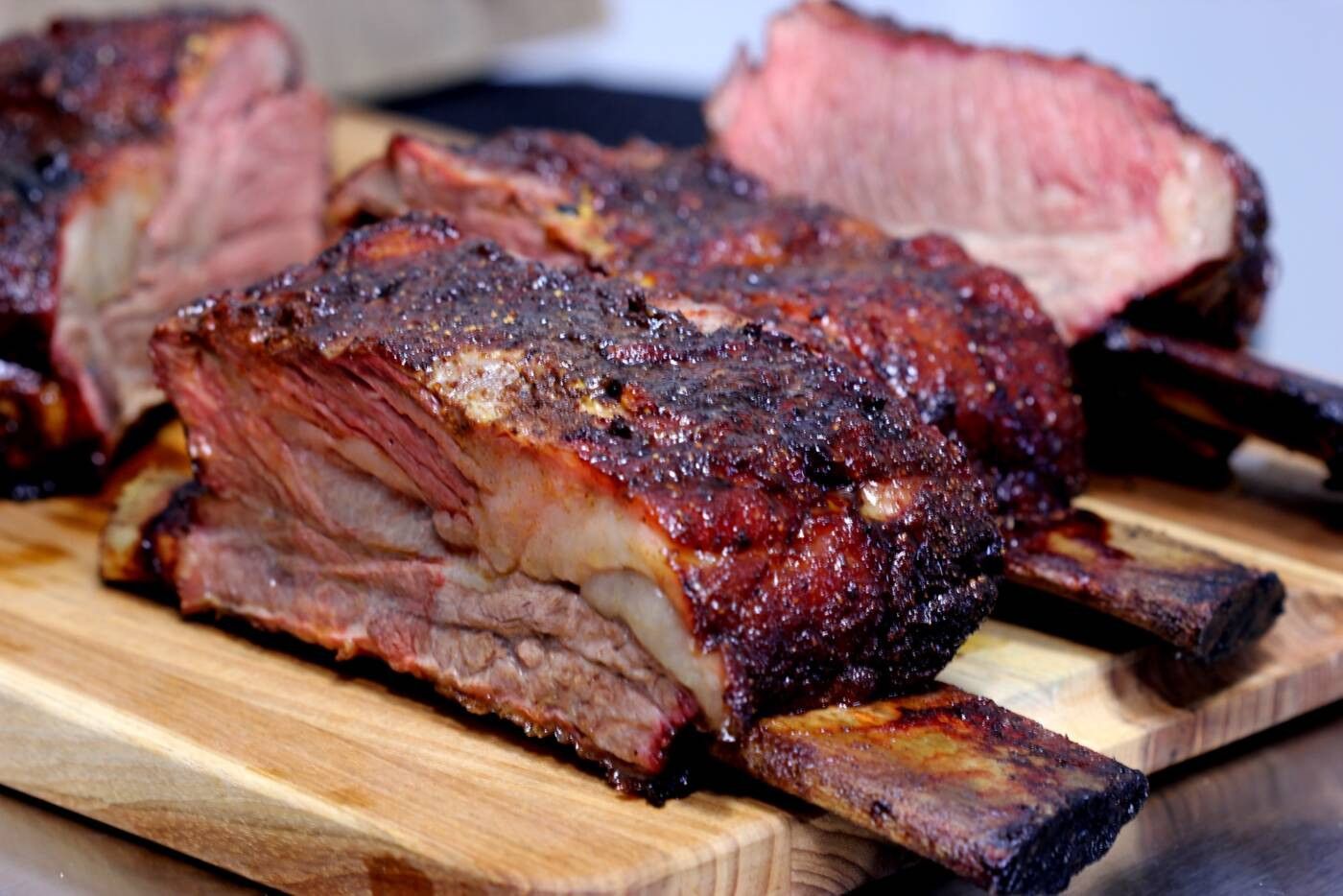
Cherry Tomatoes vs Grape Tomatoes: How To Choose the Right One for Your Recipe
- Jul 26, 2024
As you browse through the vibrant array of produce at your local supermarket or farmers market, you might ask yourself: what's the real difference between cherry and grape tomatoes? Both of these smaller tomato varieties, known for growing in clusters, can be substituted for each other in many recipes. However, their varying size, shape, texture, and suitability for different culinary methods gives rise to key differences that can switch up how you use and savor them. Before reaching for them as a snack, or incorporating them into delectable recipes like roasted tomato crostini or garlic butter spaghetti, here's a quick rundown on what sets them apart.
Cherry tomatoes and grape tomatoes can be swapped in most recipes. Cherry tomatoes are known for their slightly sweeter taste, larger size, and more watery content compared to grape tomatoes. This makes them versatile in cooking-ideal for sauces, salads, and stuffing with elements like breadcrumbs and cheese. No less tasty, grape tomatoes are tinier, denser, contain a thicker skin, and are less sweet, making them a perfect addition to salads and sauces. However, they are less suited for stuffing due to their compact size.
Cherry tomatoes are rounded, sweet tomatoes, usually smaller than a golf ball but bigger than a marble. Their thin skins come colored in red, orange, or yellow. The juicy insides of cherry tomatoes can lead to an unavoidable juicy bite.
Cherry tomatoes can be eaten raw in salads or served on a platter with a zesty tofu dip. You can further enhance your side dish by adding raw cherry tomatoes to green beans and olives. The high moisture content of cherry tomatoes allows them to break down easily during cooking, making them an ideal ingredient for quick sauces. Stuffing possibilities are endless--from cheese to breadcrumbs and even more creative fillings. For a boozy option, cherry tomatoes can be marinated in gin and olive brine, creating a treat akin to a Martini tomato.
Grape tomatoes are generally smaller and have thicker skins than cherry tomatoes. Their less sweet taste, harder flesh, and lower moisture content allow them a longer storing period. Because of their minimal juiciness, they're arguably less messy to eat. They serve well as crudités when dipped into a spicy kale-pistachio or tangy fermented soybean dip. Additionally, grilling asparagus and kalamata olives pairs well with halved grape tomatoes for a summer salad. You can even quick-pickle them for an elevated touch to a grilled chicken caprese dish.
Grape tomatoes also intensify in flavor when roasted with garlic and olive oil, making a delightful, jammy topping for toasted ciabatta or as a sauce for grilled chicken or light fish. Their firm nature also makes them compatible with pasta dishes, for instance, a spicy garlic shrimp spaghetti ready in less than half an hour.






